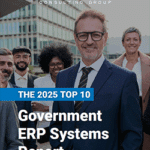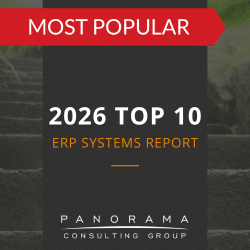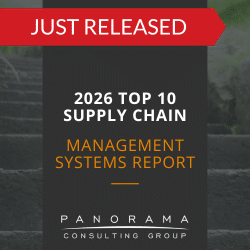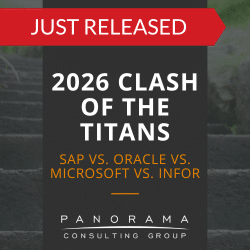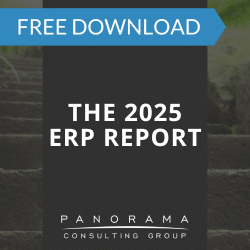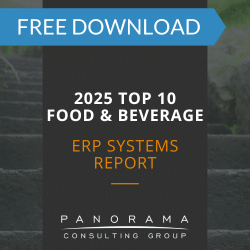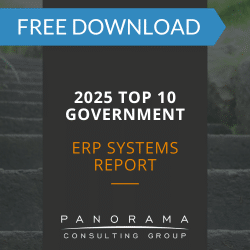 At first glance, high-performing government agencies resemble well-run companies. Both have defined goals, developed processes, strict accountability and effective leaders. Yet the profound differences in their purposes, cultures and the contexts within which they operate conjure up very different obstacles in the way change management needs to be implemented.
At first glance, high-performing government agencies resemble well-run companies. Both have defined goals, developed processes, strict accountability and effective leaders. Yet the profound differences in their purposes, cultures and the contexts within which they operate conjure up very different obstacles in the way change management needs to be implemented.
Government organizations exist and work towards fulfilling a social purpose. These social services can range anywhere from the postal service and law enforcement to visible citizen services such as licenses, permits and social security. The tax revenues collected from the citizens are used to provide these services to the citizen. There is an underlying patriotic theme to such services that can be referred to as a citizen’s “return on citizenship” (ROC).
In the corporate world, if the client does not feel like their return on their investment (ROI) is high enough, then the client will take their investment elsewhere to another business. The same is true in a government organization. If a citizen does not feel like their return on their taxes is high enough, the citizen can take their taxes elsewhere, and choose to live – and pay taxes – in a different city, state or country. A citizen’s social needs are met if he/she feels that his/her taxes are coming back to him/her in the form of consistent, basic services that enables him/her to be effective in society. In order for government to satisfy its role, it must continually transform itself to deliver on its mission to its citizens. A common, but impactful change that government organizations can undertake to improve ROC is an ERP implementation.
Conventional change management models for an ERP implementation that work effectively in private, corporate settings have limited impact in government engagements. The size, scope and duration of an ERP implementation for a government organization differ from one of a corporate engagement and require a unique an enhanced knowledge of the market on part of the workforce transition consultants. The selection, evaluation, implementation and post-implementation strategies must take into account a different reality. While both corporate and government organizations are exposed to economic, technological, political and social forces, the implications of organizational change differ substantially.
In order to account for these differences, workforce transition in a government institution should not be considered a single project with a defined start and end, but a continuous strategic plan of action that, while incorporating some of the similar tools and methodologies that are utilized in private companies, is tailored toward the nuances of government organizations.
Be sure to check out our white paper, The Need for Public Sector Innovation: Facing the Challenges Posed by Public Sector IT Initiatives.
Written by Daniel Rivero de Aguilar Consultant of Industry Relations at Panorama Consulting Solutions.


